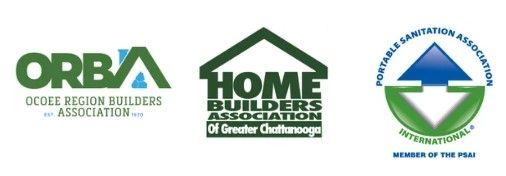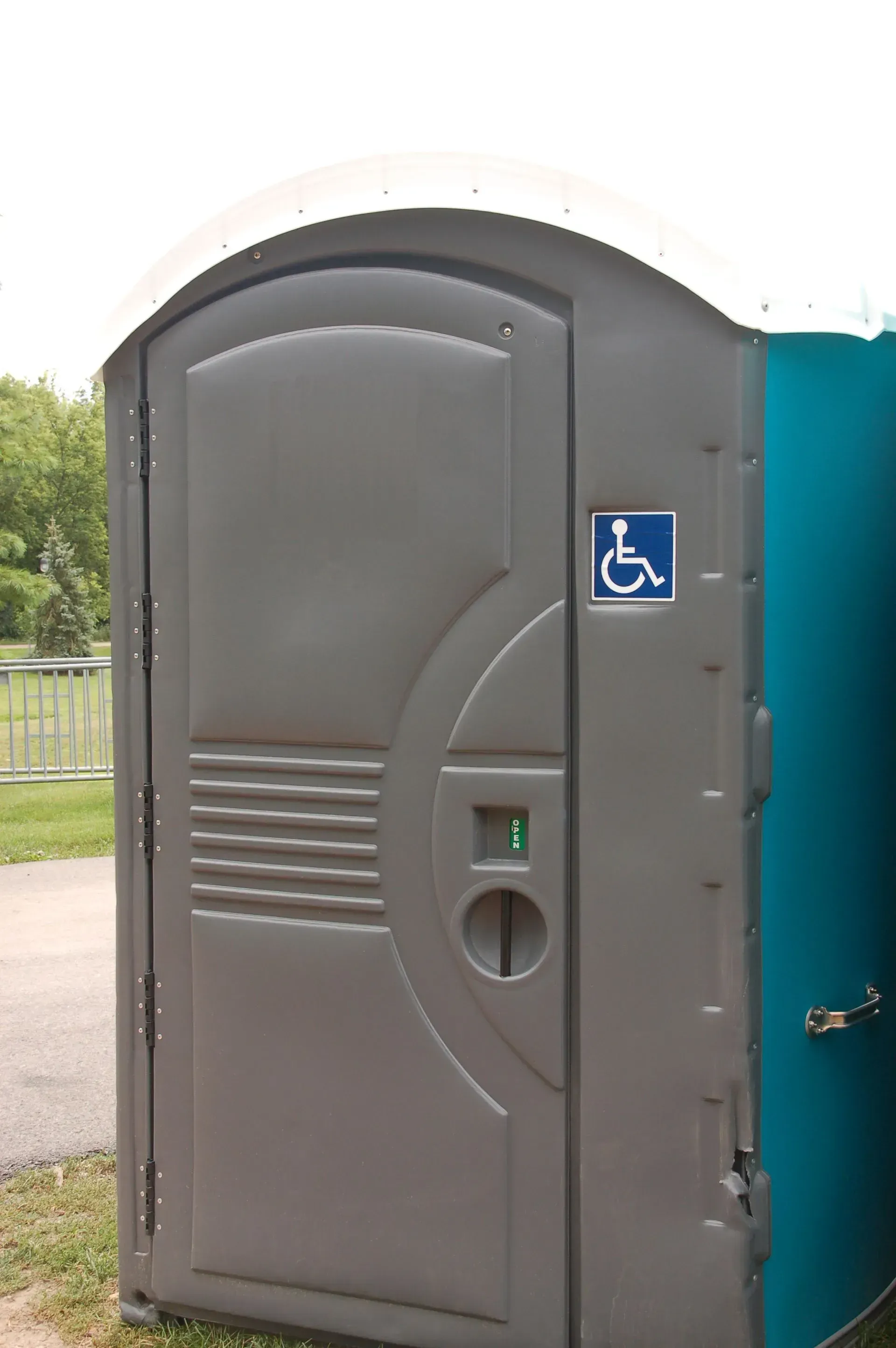
Planning an event involves many considerations, but one of the most critical aspects is ensuring accessibility for all attendees. Providing ADA-compliant portable toilets is essential to accommodate guests with disabilities, ensuring they have equal access to restroom facilities. These units are designed with features that make them accessible and convenient, such as wider doorways, ground-level entry, grab bars, and spacious interiors to accommodate wheelchairs. By including ADA-compliant portable toilets at your event, you demonstrate a commitment to inclusivity and ensure a comfortable experience for everyone. When selecting ADA-compliant portable toilets for your event, it's important to work with a reputable provider who understands the specific requirements outlined by the Americans with Disabilities Act (ADA). These units should meet all regulatory standards, including proper signage and adequate placement to ensure easy access. Ideally, portable toilets should be positioned on flat, stable ground, with clear pathways free of obstacles. Providing accessible restrooms near key areas such as entrances, food and beverage stations, and activity zones helps ensure that all guests can enjoy the event without unnecessary inconvenience. In addition to the physical features of ADA-compliant portable toilets, it's vital to consider the overall experience and convenience for users. Regular maintenance and cleanliness are crucial to maintaining a hygienic and pleasant environment. Ensure that your portable toilet provider offers frequent servicing during the event to restock supplies and address any issues promptly. Furthermore, clear communication about the location of accessible facilities, both in pre-event materials and on-site signage, helps guests easily find the amenities they need. By taking these steps, you can create an inclusive and welcoming environment, ensuring that everyone at your event has access to essential facilities.
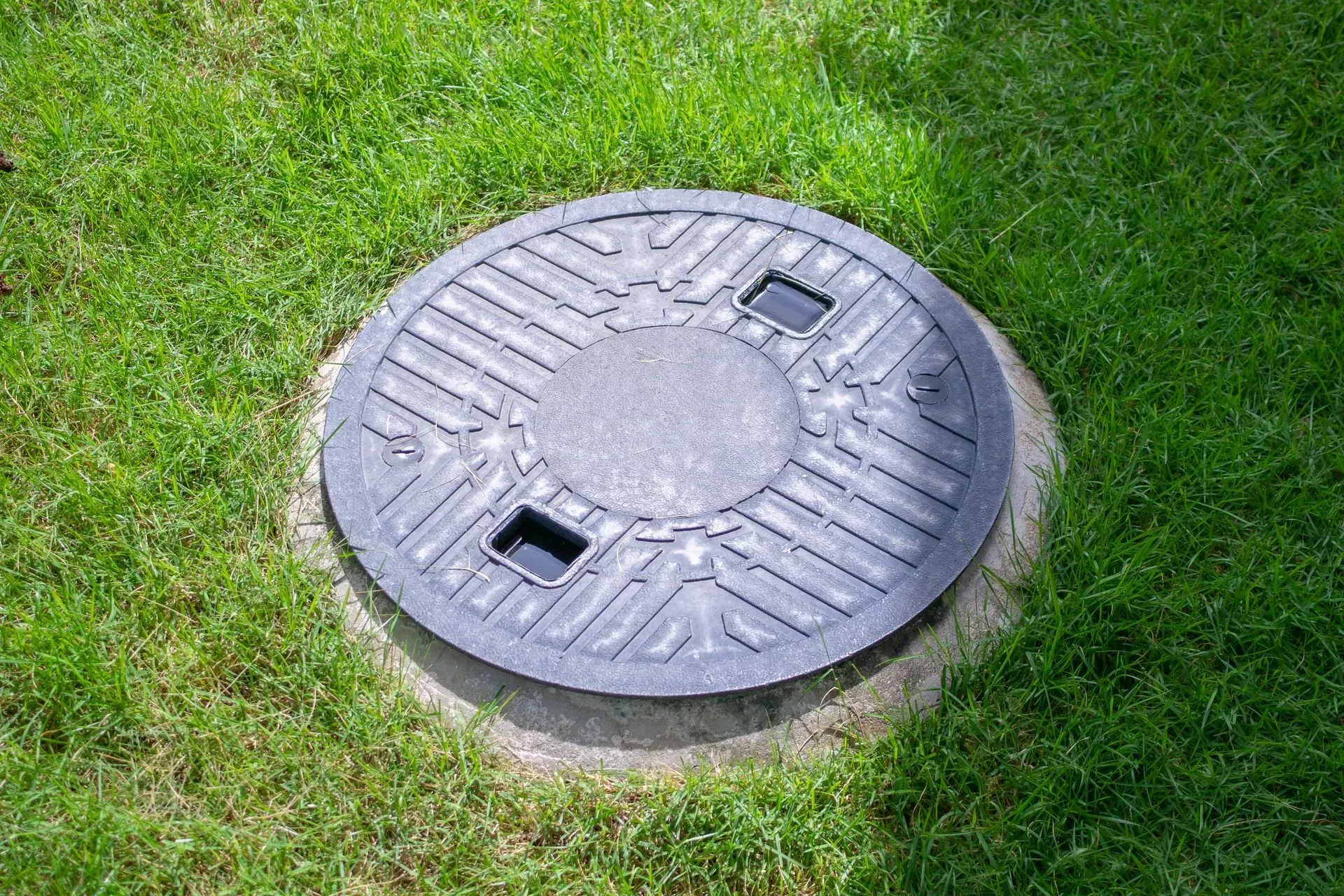
In rural areas, houses typically rely on septic systems rather than being connected to a city sewer system. This is primarily due to the logistical and financial challenges of extending sewer lines over vast, sparsely populated areas. Unlike urban areas, where homes and businesses are densely packed, rural communities are spread out, making the infrastructure required for a centralized sewer system impractical and cost-prohibitive. Septic systems provide a viable, self-contained solution for waste management, effectively treating and disposing of household wastewater on-site. Septic systems are designed to suit the unique needs of rural properties. They consist of a septic tank and a drain field, which work together to naturally treat and disperse wastewater. This process begins in the septic tank, where solids settle and are broken down by bacteria, while the liquid effluent flows into the drain field for further purification. This method is not only efficient but also environmentally friendly, as it recharges groundwater and minimizes the risk of sewage spills that can occur with overloaded city sewer systems. Additionally, because each septic system is tailored to the specific property, it can be designed to accommodate varying soil types and water tables found in rural areas. Maintaining a septic system requires regular pumping and inspections to ensure it functions properly, but this is a small price to pay for the independence it offers. For rural homeowners, the benefits of a septic system include lower monthly costs, as there are no sewer fees, and greater control over their waste management system. Moreover, septic systems can continue to operate during power outages, which can be a significant advantage in remote areas prone to electrical disruptions. By using septic systems, rural homes can enjoy reliable and efficient wastewater treatment, perfectly suited to their location and lifestyle.
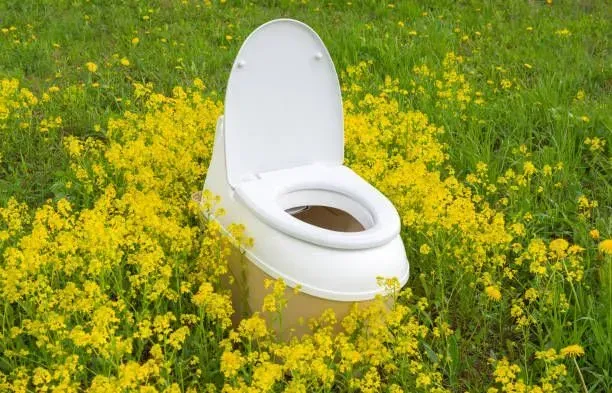
As the season changes and we welcome the freshness of spring, it's an opportune time to give your septic system a thorough check-up. The transition into warmer months is perfect for assessing any potential damage or wear your system has endured. Here are some essential spring care tips to ensure your septic system remains in top condition: Conduct a Thorough Inspection With the arrival of spring, take the opportunity to examine your septic system closely. Look out for any signs of leaks, cracks, or other forms of damage on the pipes and tanks. Addressing these issues promptly by making the necessary repairs is crucial to maintaining the system's integrity. Schedule a Tank Pump-Out Spring also marks an ideal time to get your septic tank pumped. This process eliminates the accumulated sludge, ensuring the system operates smoothly. Regular pump-outs are essential for the longevity and efficiency of your septic system. Monitor Water Usage The spring season often brings an increase in rainfall, which can significantly impact your septic system. To prevent overloading the system, it's wise to be conscious of your water usage. Installing water-efficient fixtures, repairing any leaks promptly, and spreading out water-intensive activities can make a big difference. Be Cautious with Planting While spring is synonymous with planting, it's important to be strategic about the location of new trees and shrubs. Plant roots can interfere with the septic system, causing damage. Ensure you plant any new greenery at a safe distance from your system to avoid potential issues. Dispose of Chemicals Properly Spring cleaning is a common practice, but it's vital to be mindful of how you dispose of various substances. Harmful chemicals, including pesticides, paint, and oil, should never be poured down the drain. These substances can damage your septic system and pose a risk to the environment. Embrace Regular Maintenance The key to a healthy septic system is ongoing maintenance. Regular inspections and pump-outs can prevent major issues down the line. Consider setting up an annual or bi-annual maintenance schedule to keep your system in optimal condition. By following these spring care tips, you can ensure your septic system remains functional and efficient throughout the year. A little attention and maintenance can go a long way in avoiding costly repairs and ensuring the longevity of your system.
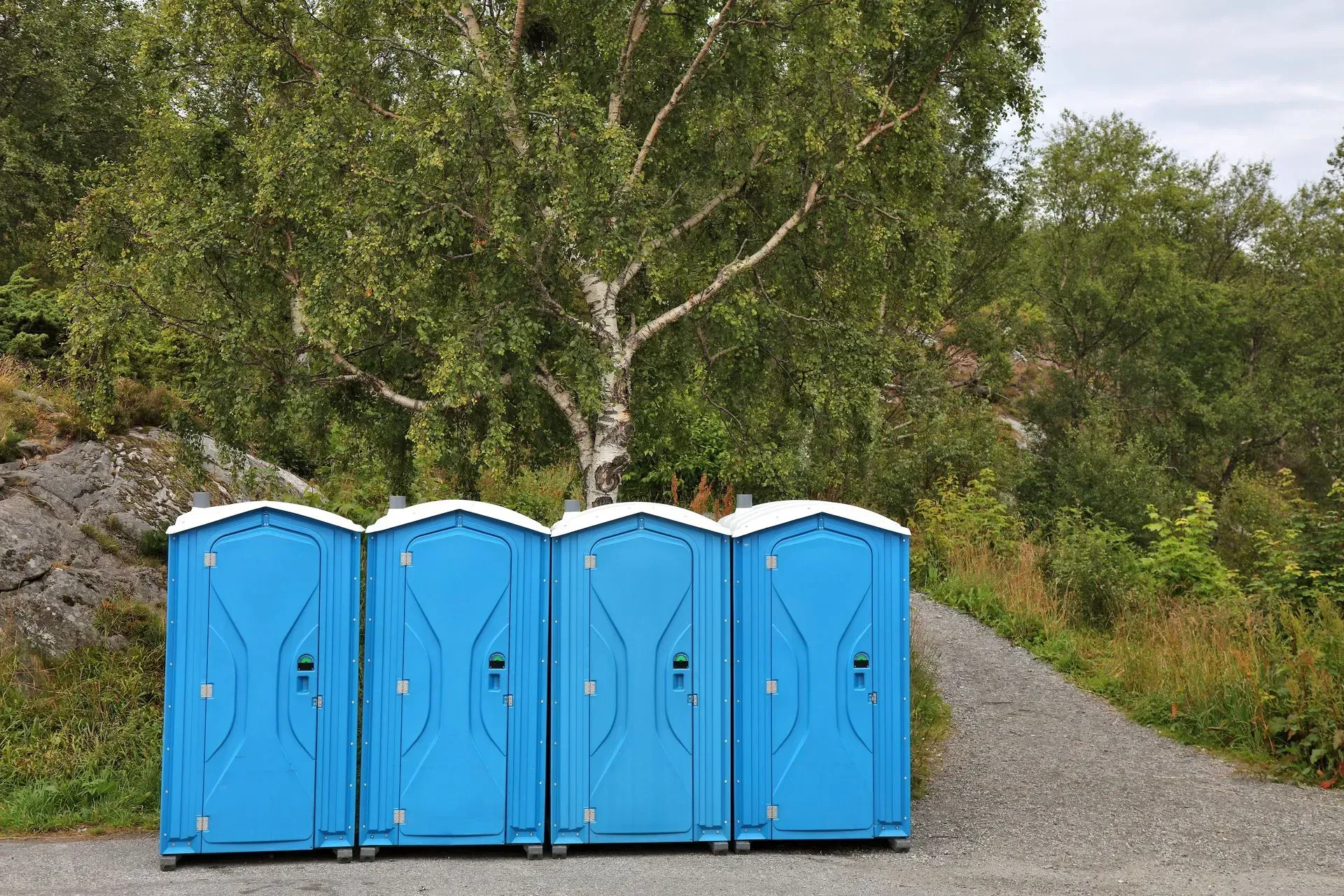
Throughout history, certain innovations stand out for their transformative impact on our daily lives, often in ways we may take for granted in modern society. One product in particular that's an uncelebrated yet indispensable invention- the portable toilet. From its humble beginnings to its widespread use today, the history of portable toilets is a fascinating journey through time, reflecting the evolution of human needs and societal progress. The history of portable toilets is a testament to human ingenuity in addressing the essential yet often overlooked aspects of sanitation. While the concept of portable toilets may seem contemporary, its roots can be traced back to ancient civilizations. Portable toilets have evolved since their beginning, dating back to 14th century B.C in ancient Egypt. Archaeologists unveiled the earliest example of a portable toilet in 1906, while excavating an undisturbed tomb. Their findings gave insight into the everyday lives of individuals then, and the development of a portable toilet designed with a wooden seat with a hole over a large pot. Historical records suggest that ancient Egyptians utilized simple portable toilet-like structures for military campaigns, showcasing an early recognition of the need for mobile sanitation solutions. The Egyptian's sanitary solution is similar to chamber pots found in Ancient Greece and throughout Europe, dating back to the 6th century; typically constructed of lead, clay or glass. Chamber pots remained a sanitary staple in homes allowing privacy for women and high society individuals, for thousands of years until the 15th century when outhouses became a popular solution. Outhouses became popular across Europe as higher-end short term lodging installed them outside of the main house; one stall for women and one stall for men. Although outhouses were not portable, they became a blueprint for modern portable toilets used today. Original outhouses were about three to four feet wide and seven feet tall, similar to today's. With the boom of the industrial revolution in the 1800s, cities became more populated and illness increasingly more rampant due to improper sanitation and close proximity of mass populations. A sanitary solution to decrease illness led to the installation of running water and indoor plumbing. By the 1930’s indoor plumbing was available to the majority of the public, large cities throughout the United States and most of the developed world. However, providing a sanitary option in areas without running water remained an issue, and by 1960 the first portable toilet to replace wooden outhouses was patented with deodorizers, paving the way for a new industry. Over the last 60 years, portable toilets have evolved to meet the needs of anyone and everyone, including wheelchair accessibility. Fast forward to the 20th century, and portable toilets took on a more recognizable form with the advent of lightweight materials and efficient designs. The rise of outdoor events, construction sites, and recreational activities in the latter half of the century further propelled the development and widespread adoption of portable toilets, transforming them from a utilitarian necessity to an integral part of modern sanitation infrastructure. Today, these portable facilities play a crucial role in ensuring hygienic and convenient access to sanitation in a variety of settings, underlining their enduring significance in the evolution of human convenience and public health.
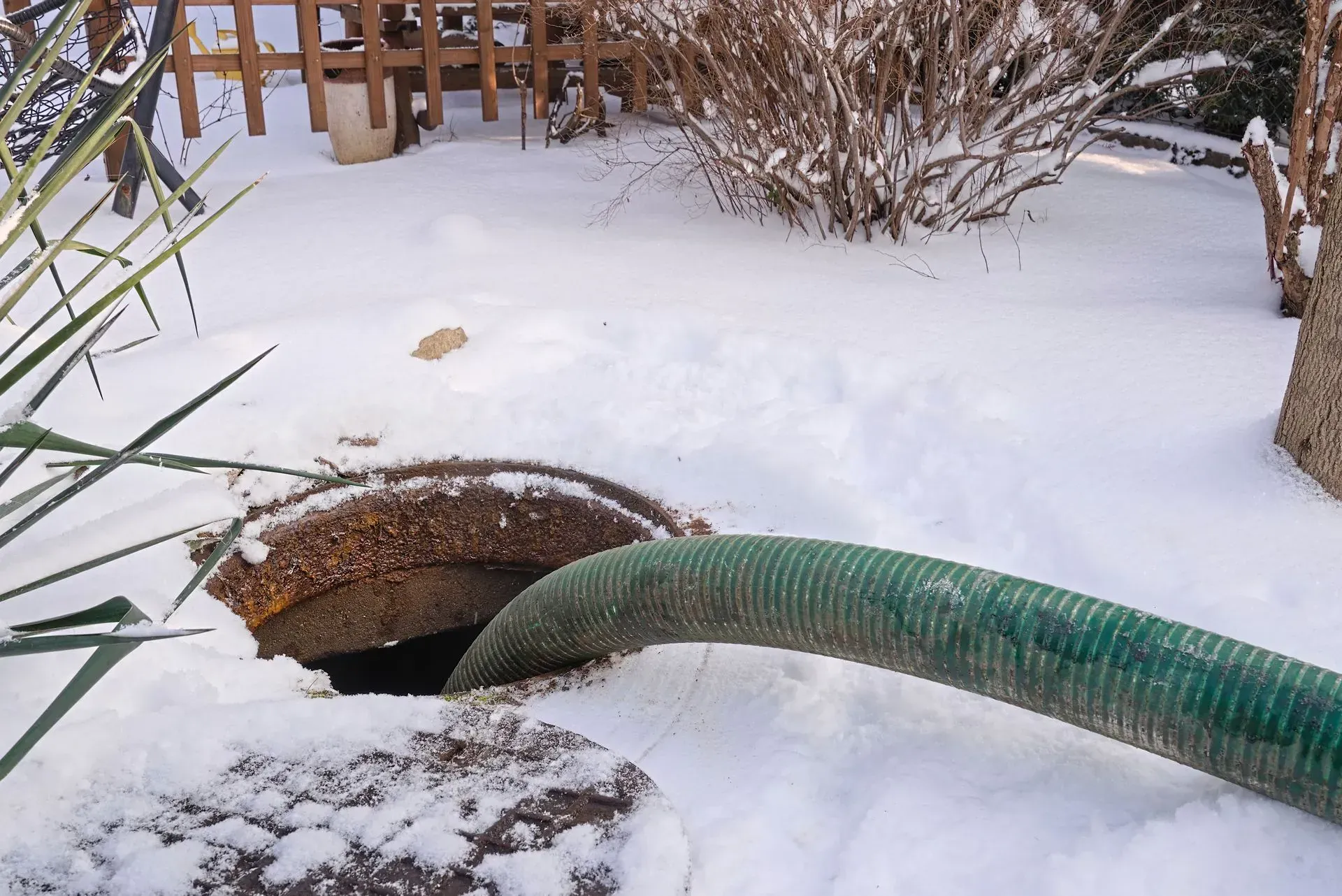
As winter blankets your surroundings in snow and frost, it's crucial not to overlook the needs of one essential but often neglected part of your home—the septic system. While it might be out of sight, it should never be out of mind, especially during the colder months. Although most septic systems are several feet below the ground's surface, and not prone to freezing it’s necessary to consider proper maintenance during colder temperatures. Due to the frigid temperatures during winter, the bacteria in septic systems are sensitive to the cold, frozen tanks are probable, especially when temperatures drop below 50°F. Proper winter maintenance can prevent costly repairs and ensure that your septic system continues to function efficiently. Here are a few things to consider for your seasonal septic maintenance before winter! Inspect and Pump Before Winter Hits: Before winter sets in, schedule a professional inspection of your septic system. Ensure that it's pumped and cleaned thoroughly. Removing sludge and solids prevents them from freezing during colder temperatures and causing potential blockages. Protect Your Septic Tank: Insulate your septic tank to shield it from freezing temperatures. A thick layer of mulch or straw can provide a protective barrier. Be cautious, however, not to cover vent pipes, as they need to remain exposed for proper airflow. Mind Your Water Usage: During winter, water usage tends to increase due to more time spent indoors. Be mindful of excess water, as it can overwhelm your septic system. Fix any leaks promptly, and consider spreading out laundry and dishwashing tasks over the week to avoid overloading the system. Be Cautious with Landscaping: Snow and ice might make landscaping seem less important, but avoid piling excessive snow or ice on top of your septic system components. Excessive weight can cause damage or lead to freezing issues. Insulate Pipes and Components: Cold temperatures can wreak havoc on septic system pipes and components. Insulate exposed pipes and the septic tank lid to prevent freezing. This simple step can help maintain a consistent temperature within the system. Keep Heavy Traffic Away: The ground around your septic system can become soft during winter, making it vulnerable to damage. Minimize heavy traffic, such as parking cars or heavy machinery, to prevent soil compaction and potential harm to the system. Monitor the Drain Field: Pay attention to the drain field area. If you notice any unusual odors or soggy spots, it could be a sign of a problem. Excess moisture and freezing temperatures can hinder the drain field's ability to absorb and filter effluent. Schedule Regular Maintenance: Don't let winter be the only time you think about your septic system. Scheduling regular maintenance throughout the year, including inspections and pumping, will keep your system in top-notch condition and catch any ongoing issues before becoming worse. By taking these proactive steps and understanding proper professional septic maintenance, homeowners can ensure their septic systems withstand the winter chill and operate smoothly. Remember, a little care goes a long way in preventing costly repairs and maintaining the health of your home's essential plumbing infrastructure!
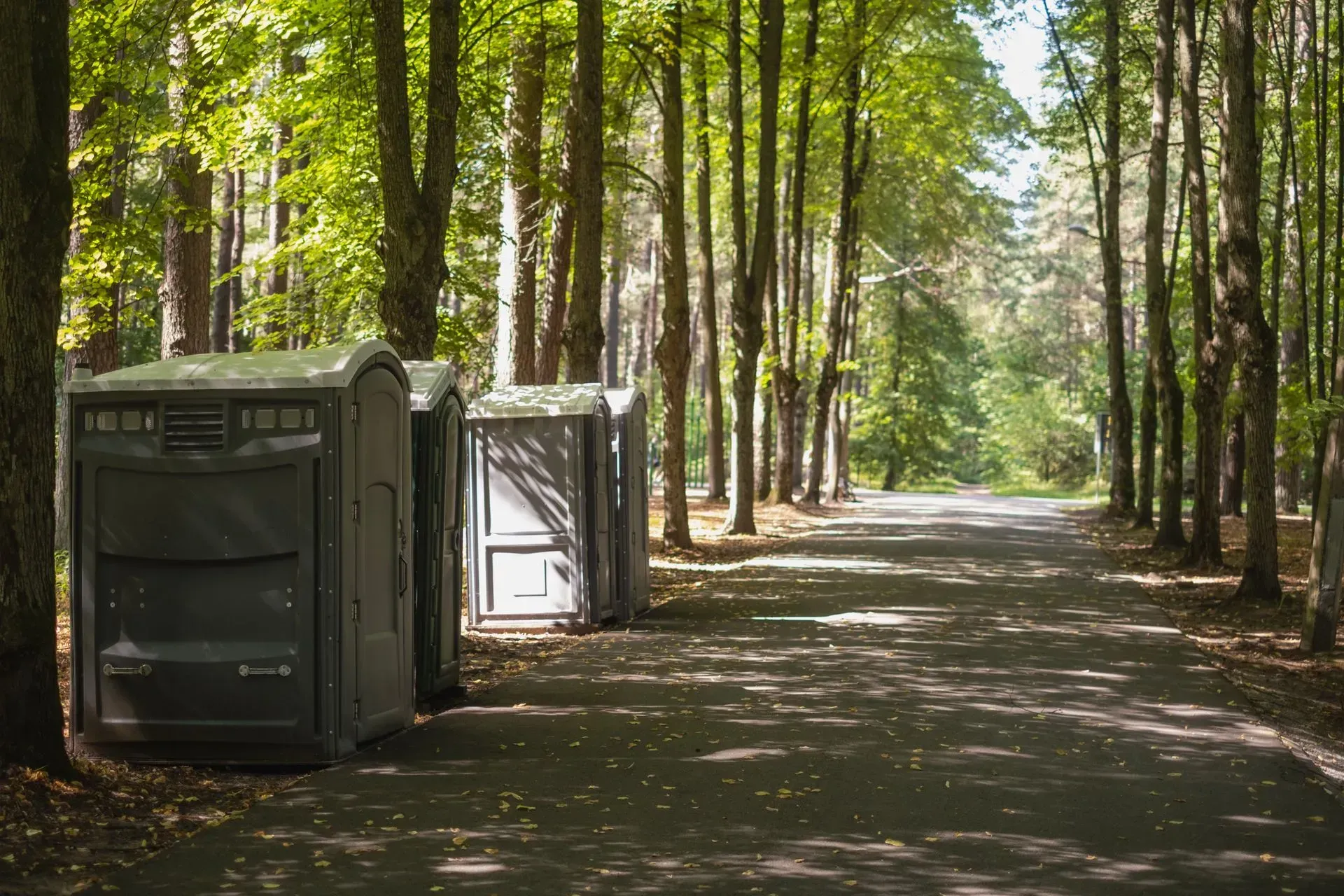
When nature calls during a variety of outdoor events, porta potties are there to provide level of comfort and convenience. However, to ensure a pleasant experience for everyone and maintain hygiene, it's essential to follow some simple do's and don'ts of porta potty etiquette. The Do's: Wait Your Turn: Respect the queue. If there's a line, patiently wait your turn. Rushing ahead can lead to discomfort and accidents. Close the Door: Always close the door behind you. It's a simple act of privacy and prevents others from accidentally walking in. Aim for Cleanliness: Accidents happen, but if you make a mess, do your best to clean up after yourself. Many porta potties provide hand sanitizers or wipes for this purpose. Dispose of Trash Properly: Use the designated trash bin for disposing of items like tissue paper or hygiene products. Avoid tossing anything into the toilet that doesn't belong there. Flush (If Available): Some modern porta potties have a flushing mechanism. If yours does, don't forget to flush after use. Use Sanitary Covers (If Available): If there are sanitary seat covers provided, use them. They help maintain hygiene and comfort. Wash Your Hands: Always use hand sanitizer or wash your hands thoroughly after using a porta potty. Hand hygiene is crucial, especially in outdoor settings. The Don'ts: Don't Linger: Be considerate of others waiting in line. Avoid excessive use of the porta potty for non-essential tasks like fixing your makeup or checking your phone. Don't Leave the Door Open: Leaving the door ajar can make the next user uncomfortable. Always close it securely. Don't Throw Trash in the Toilet: Avoid disposing of items like paper towels or personal hygiene products in the toilet. It can lead to clogs and unpleasant situations. Don't Vandalize: Porta potties are shared facilities. Refrain from vandalizing or damaging them in any way. Don't Block the Entrance: After using the porta potty, move away from the entrance to allow others to access it easily. Don't Skip Hand Hygiene: Neglecting hand hygiene can lead to the spread of germs. Always clean your hands after using the facility. Don't Waste Supplies: Be mindful of the supplies provided, such as toilet paper and hand sanitizer. Avoid wastage. By adhering to these simple do's and don'ts of porta potty etiquette and hygiene, you can ensure a more pleasant experience for yourself and others at outdoor events. Remember, courtesy and cleanliness go a long way in making these temporary facilities more comfortable for everyone!
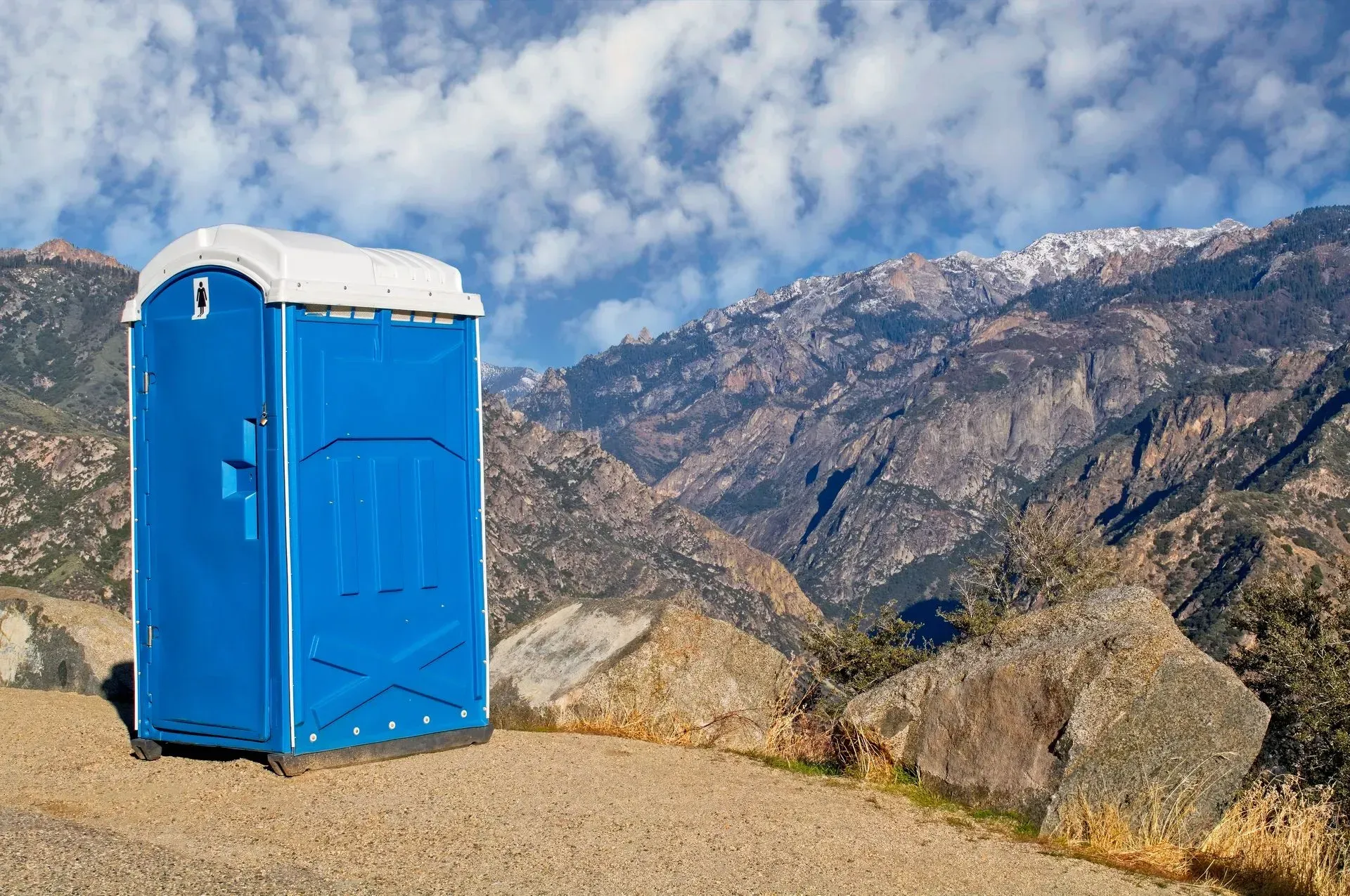
As discussed in our previous post regarding the importance of proper disposal of waste and the effort of responsible management to ensure environmental safety is a crucial component of the portable toilets industry. Portable bathrooms, commonly referred to as porta potties, are necessary for events, festivals and construction sites. More importantly, they are often used in natural parks and protected areas, and even during the aftermath of natural disasters; minimizing the impact on the environment and surrounding ecosystems. Portable bathrooms are designed to contain the waste, before being taken to a disposal site to be treated appropriately, ensuring the waste is disposed of properly. Containing the waste in one designated portable facility decreases the chances of waste contamination and pollution of bodies of water and soil degradation. Providing portable toilets and bathrooms aid in disaster relief efforts where sanitation infrastructure has been compromised or non-existent to prevent contamination of water sources and reduce the spread of disease. In addition to limiting human waste into the environment and ecosystems, portable bathrooms are considered eco-friendly and benefit the environment due unnecessary usage of water. Unlike typical toilets that require plumbing and an expensive water bill: the absence of energy consumption portable toilets contributes to lower carbon emissions. Traditional toilets can use up to 1.6 to 3 gallons of water per flush, while portable toilets require no water for flushing. With minimal chemicals and enzymes to break down waste, properly managed portable toilets accelerate the decomposition of waste and minimizes the release of harmful chemicals into the environment. It's important to note that while portable toilets offer various environmental benefits, their positive impact depends on proper management, regular maintenance, and responsible waste disposal practices. If waste management doesn’t adhere to regulations and guidelines, portable toilets can certainly do more harm than good. However, overall portable toilets can be considered eco-friendly.
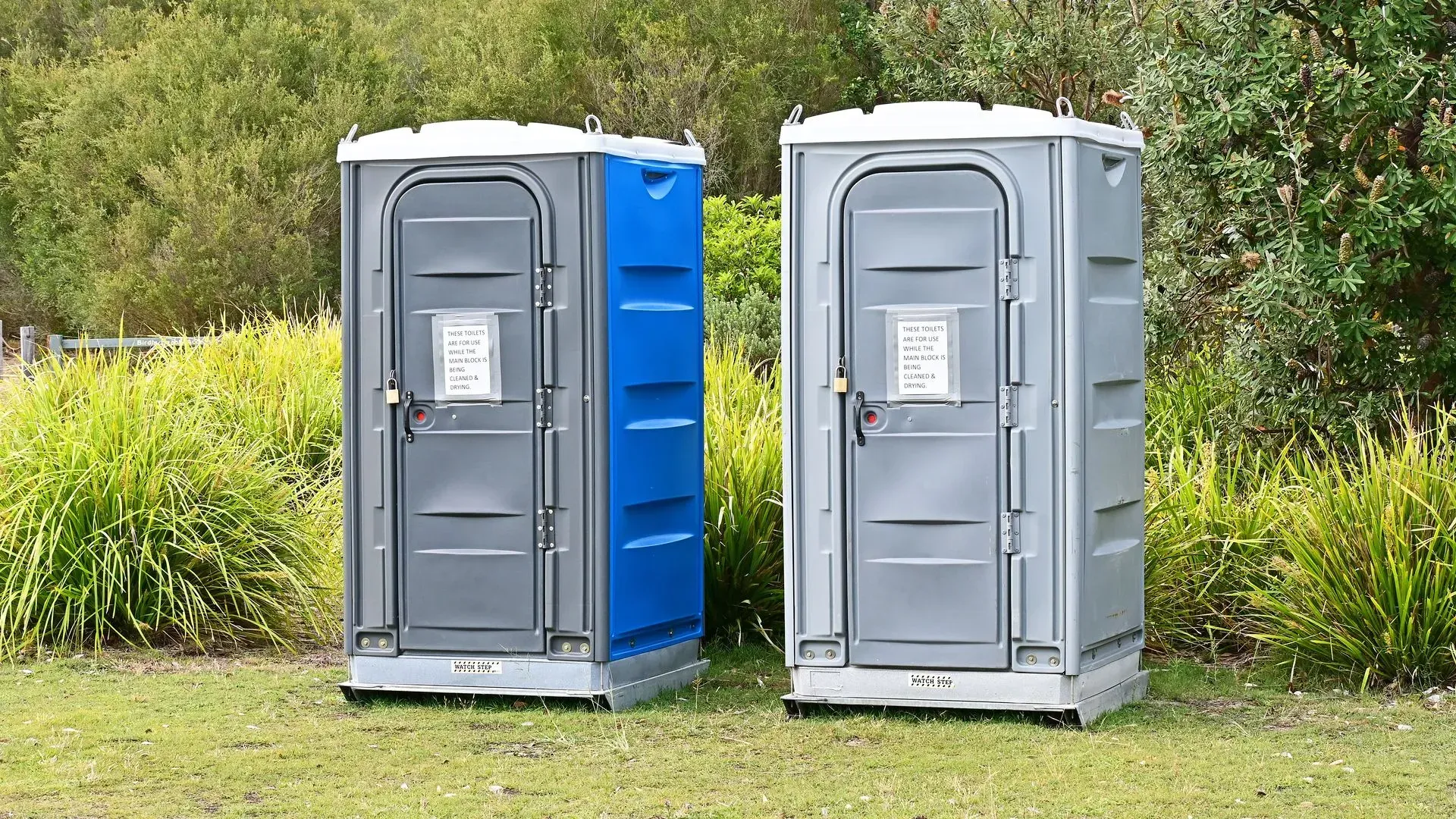
As discussed in our previous post regarding the importance of proper disposal of waste and the effort of responsible management to ensure environmental safety is a crucial component of the portable toilets industry. Portable bathrooms, commonly referred to as porta potties, are necessary for events, festivals and construction sites. More importantly, they are often used in natural parks and protected areas, and even during the aftermath of natural disasters; minimizing the impact on the environment and surrounding ecosystems. Portable bathrooms are designed to contain the waste, before being taken to a disposal site to be treated appropriately, ensuring the waste is disposed of properly. Containing the waste in one designated portable facility decreases the chances of waste contamination and pollution of bodies of water and soil degradation. Providing portable toilets and bathrooms aid in disaster relief efforts where sanitation infrastructure has been compromised or non-existent to prevent contamination of water sources and reduce the spread of disease. In addition to limiting human waste into the environment and ecosystems, portable bathrooms are considered eco-friendly and benefit the environment due unnecessary usage of water. Unlike typical toilets that require plumbing and an expensive water bill: the absence of energy consumption portable toilets contributes to lower carbon emissions. Traditional toilets can use up to 1.6 to 3 gallons of water per flush, while portable toilets require no water for flushing. With minimal chemicals and enzymes to break down waste, properly managed portable toilets accelerate the decomposition of waste and minimizes the release of harmful chemicals into the environment. It's important to note that while portable toilets offer various environmental benefits, their positive impact depends on proper management, regular maintenance, and responsible waste disposal practices. If waste management doesn’t adhere to regulations and guidelines, portable toilets can certainly do more harm than good. However, overall portable toilets can be considered eco-friendly.

Why You Should Rent a Portable Toilet for Your Party or Event When planning a party or event, one of the most important considerations is providing restroom facilities for your guests. While you may have access to indoor restrooms at a venue, outdoor events or locations without restroom facilities can be a challenge. This is where portable toilets come in handy. At American Portables, we offer porta potty rentals for parties and events of all sizes. Here are some reasons why you should consider renting a portable toilet for your next gathering. Convenience and Accessibility Portable toilets provide a convenient and accessible option for your guests. They eliminate the need for guests to leave the event in search of a restroom facility, which can be a hassle and disrupt the party's flow. Additionally, having portable toilets on-site allows for guests to take a break whenever they need to, without having to wait in long lines or miss any important moments of the event. Affordability Many people assume that renting a portable toilet is expensive, but the truth is that it's an affordable option that can save you money in the long run. Depending on the size and type of portable toilet you choose, the cost can vary. At American Portables, we offer a variety of portable toilets for rent in Chattanooga, and our prices are competitive. Cleanliness One of the most significant benefits of renting a portable toilet is that they are kept clean and hygienic. Our team at American Portables ensures that our porta potty rentals are thoroughly cleaned and disinfected before and after each use. This means that your guests can enjoy a clean and comfortable restroom experience. Flexible Options At American Portables, we offer a variety of portable toilets for rent, each designed to meet different needs. We have options available to suit your party requirements. In conclusion, renting a portable toilet for your party or event is a wise choice that provides many benefits. From convenience and affordability to cleanliness and flexible options, portable toilets can help ensure that your guests have a comfortable and enjoyable experience. So the next time you're planning an outdoor gathering, consider renting a portable toilet from American Portables. If you're wondering how much it costs to rent a portable toilet or looking for porta potty rental for party or event, please contact us for more information.
Stay Informed and Keep Things Flowing!
Explore our blog for the latest insights on portable toilet rentals, septic maintenance tips, and more. Ready to experience our top-notch services firsthand? Contact us to get started!






